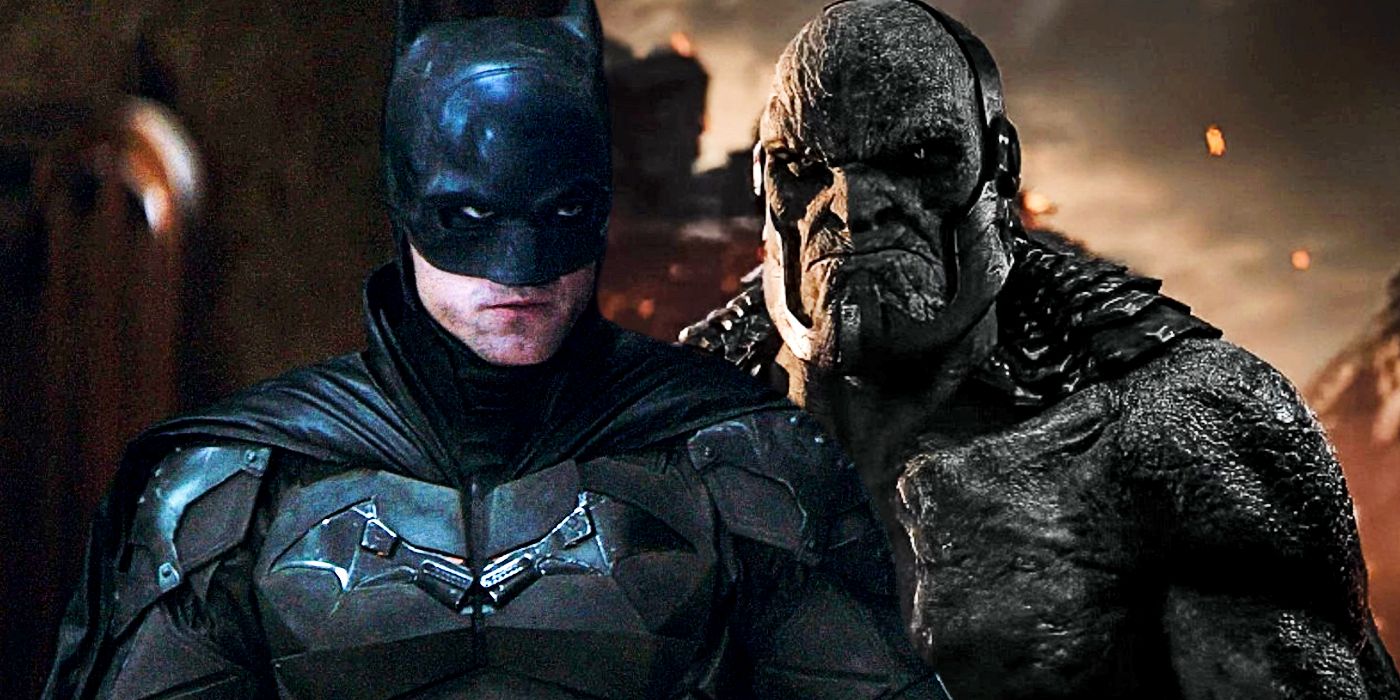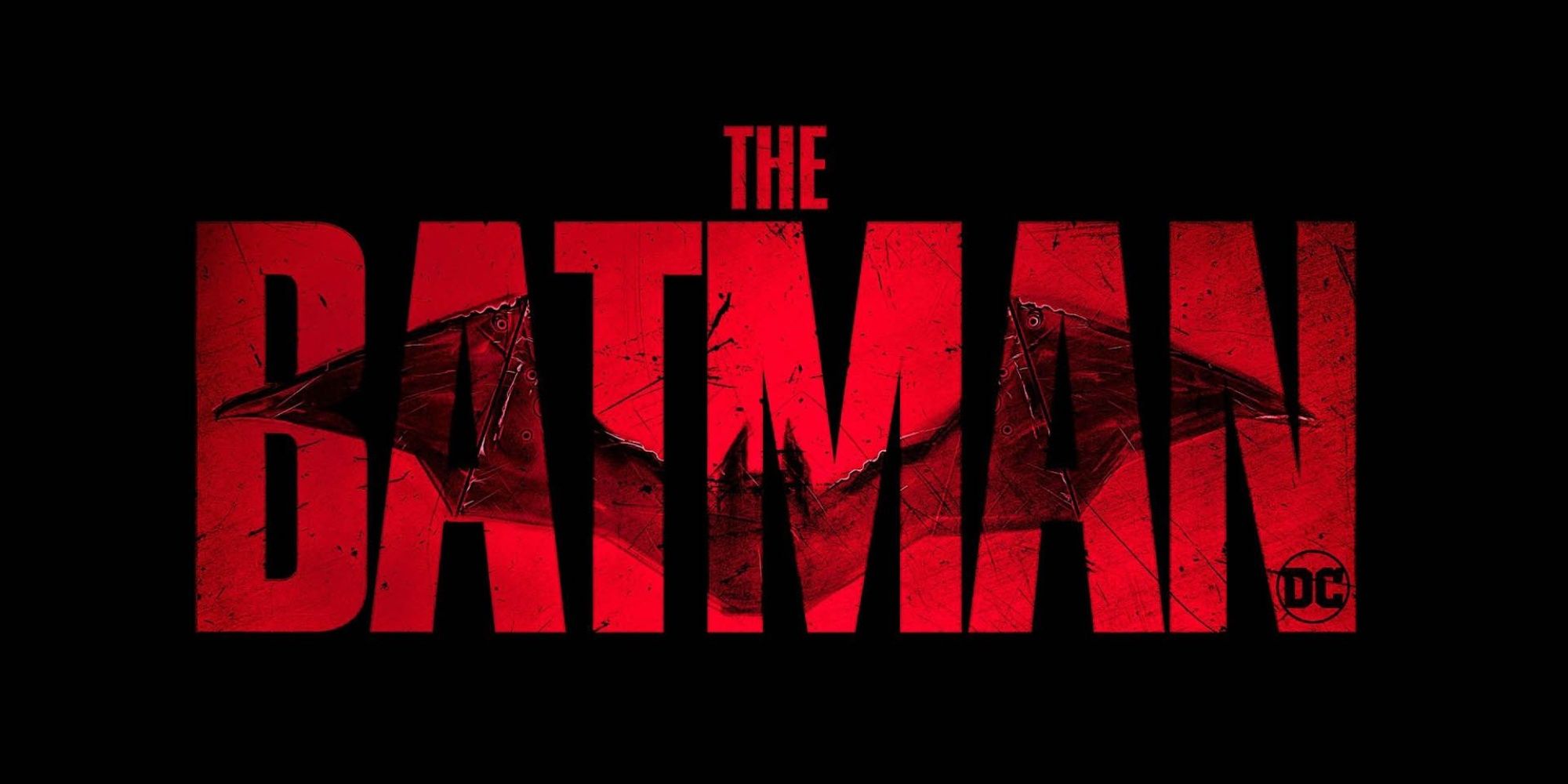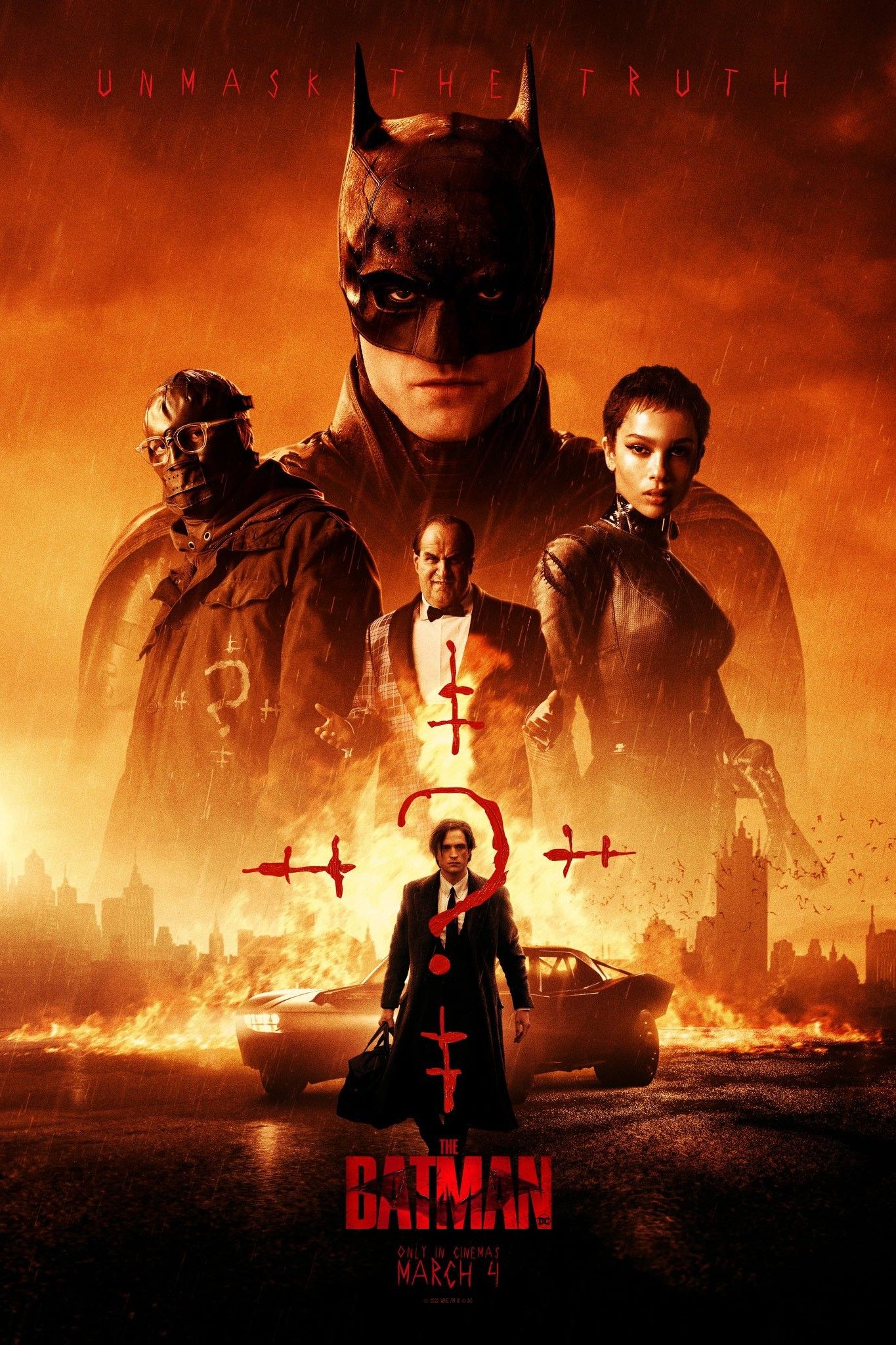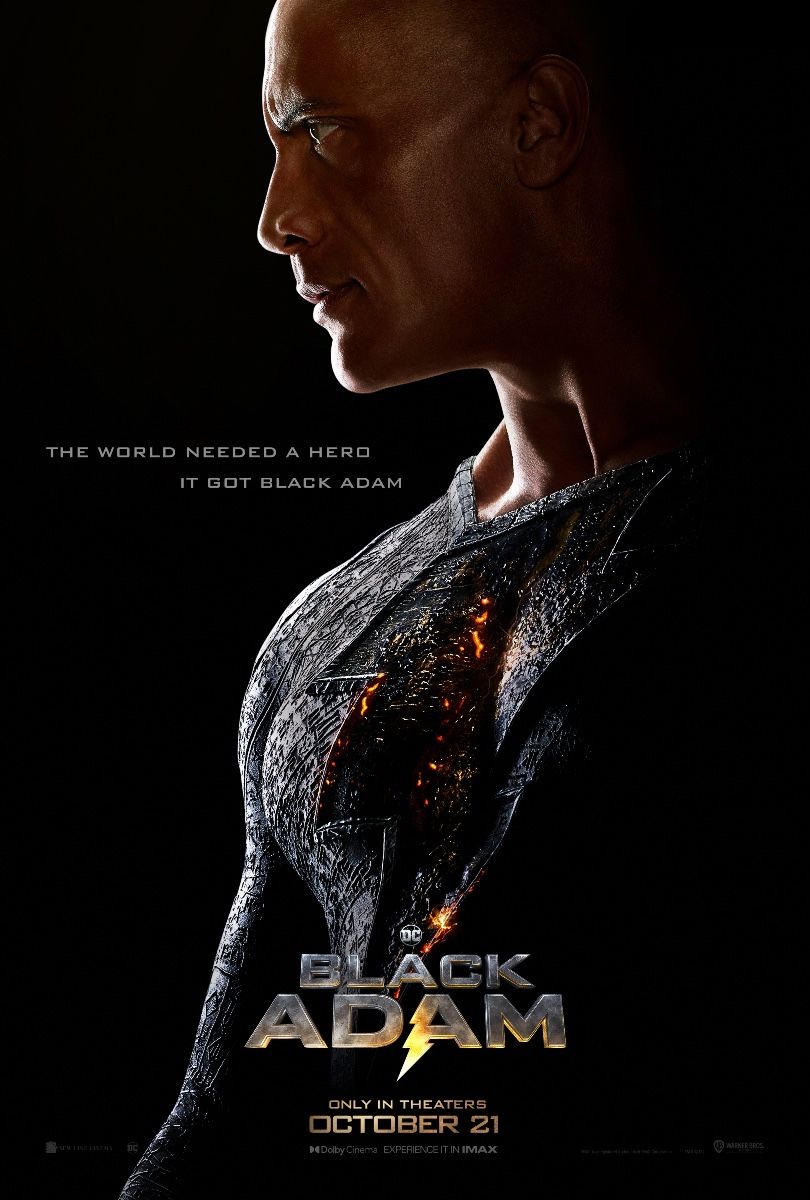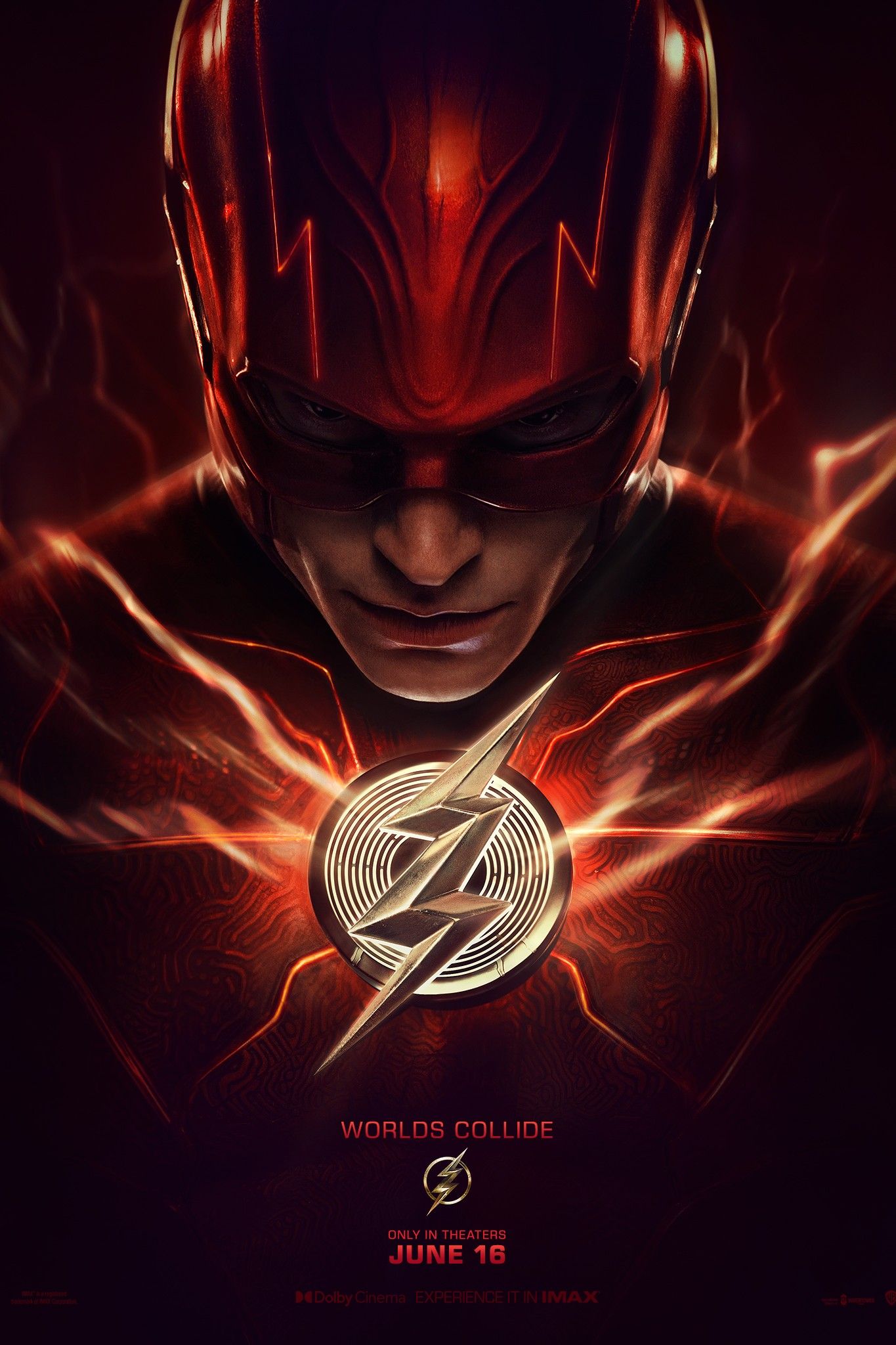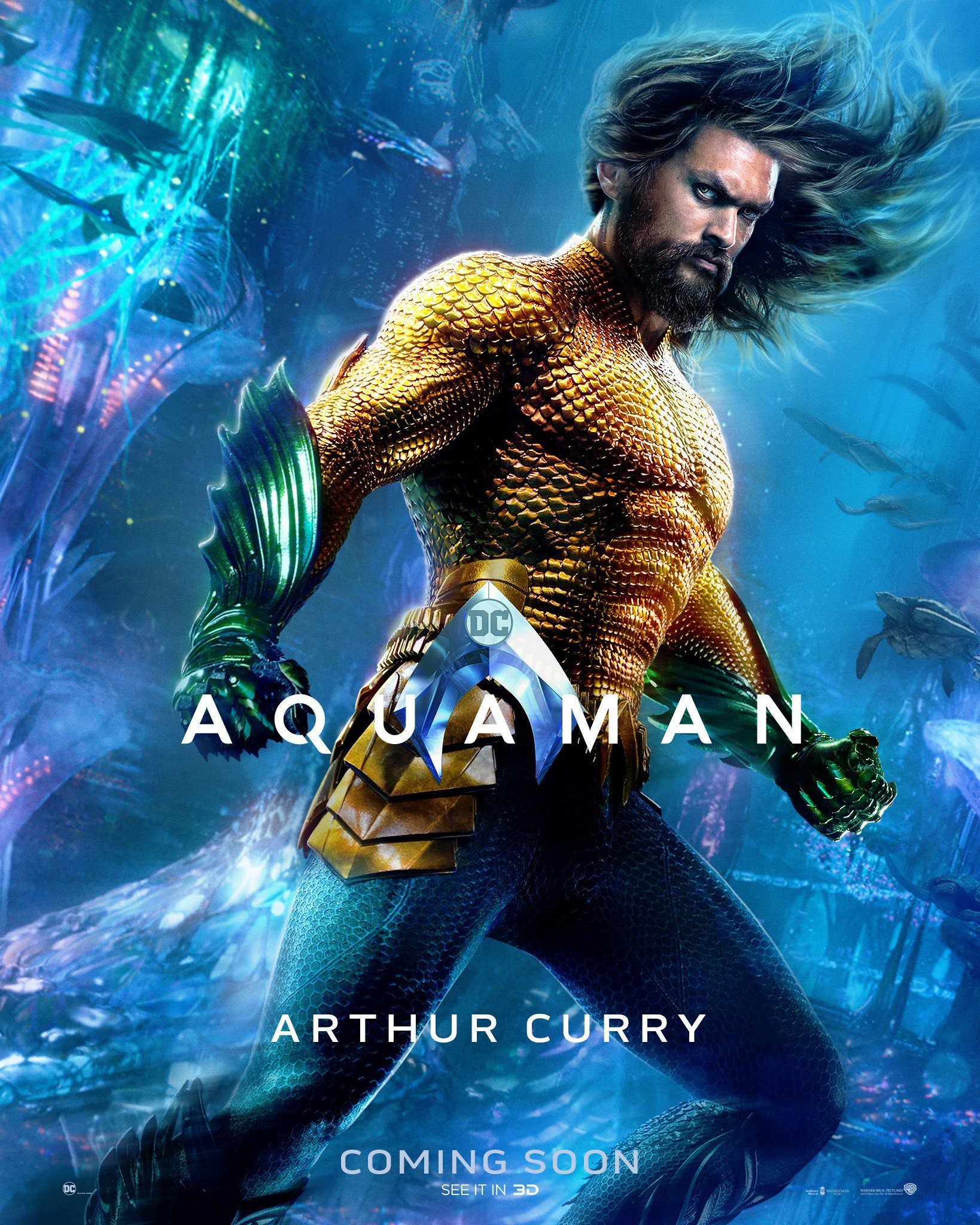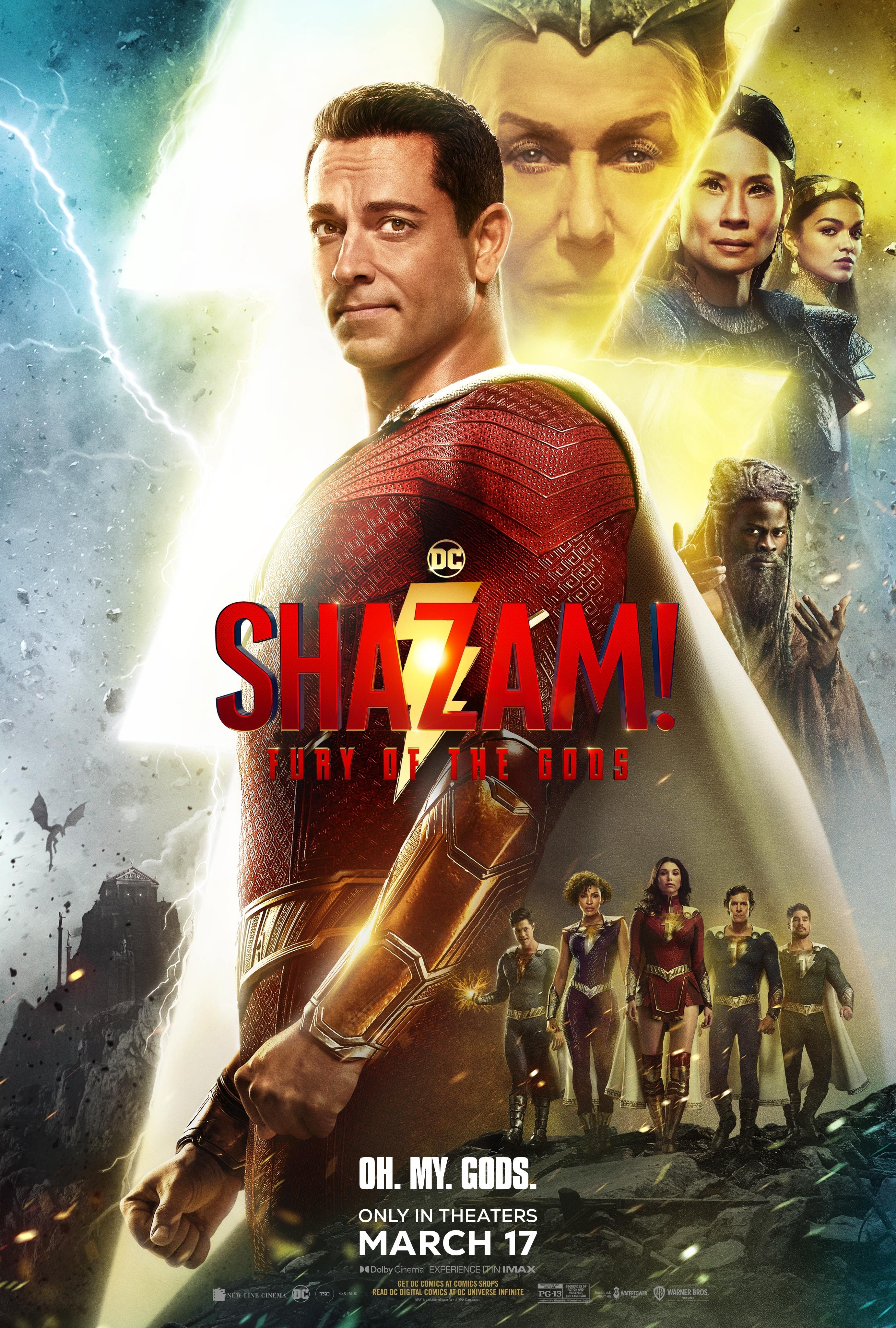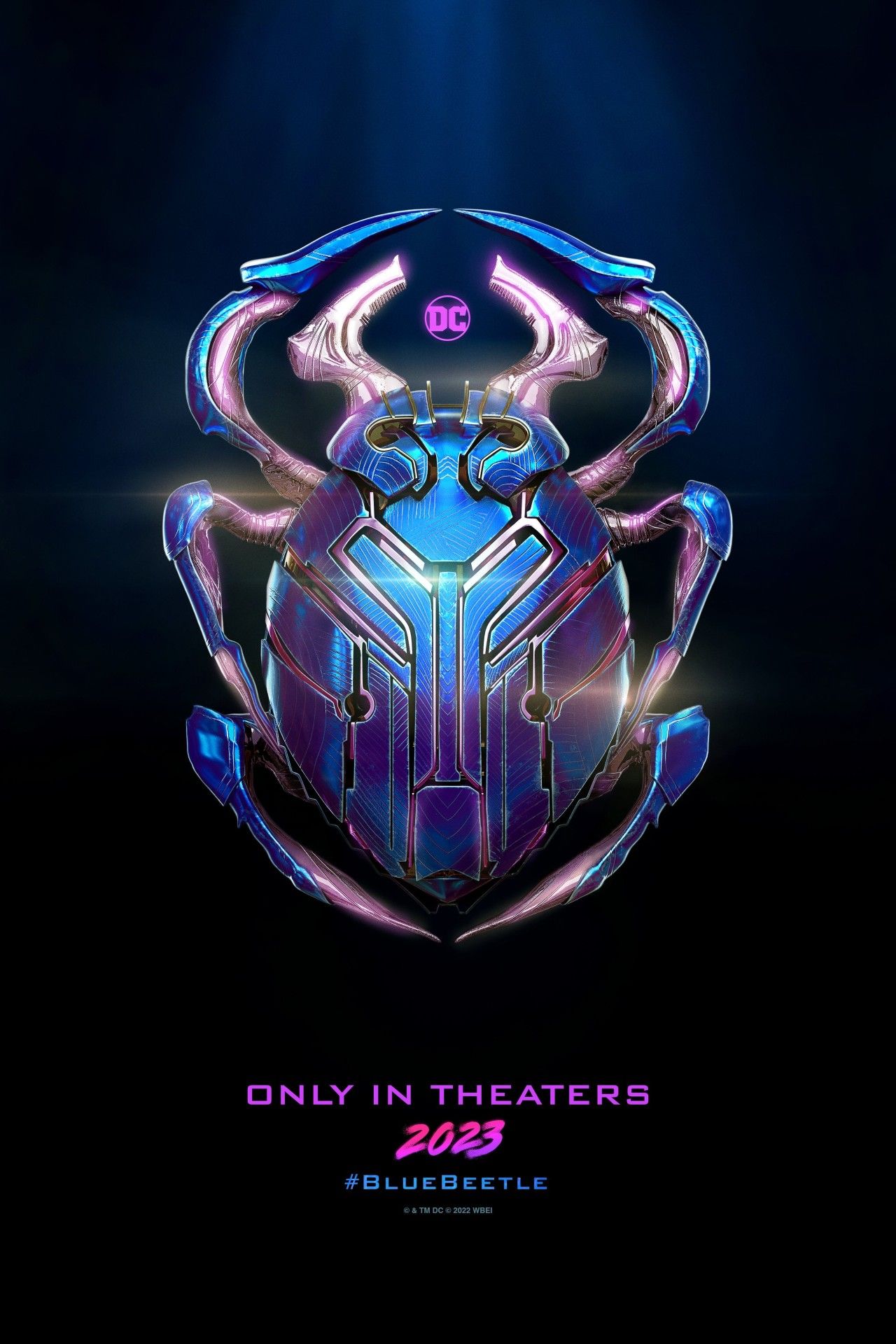Matt Reeves’s upcoming The Batman proves that WB has learned at least one lesson from their mishandling of the Zack Snyder DCEU movies. WB began their ambitious DC Comics shared universe film franchise in 2013 with Man of Steel before continuing with crossover films like Batman v Superman: Dawn of Justice and, eventually their adaptation of the Justice League. While Dawn of Justice and Zack Snyder’s Justice League did well after their theatrical runs with the release of their director’s cuts, their theatrical performances ranged from poor to mediocre due to studio interference, something that might not be the case for The Batman.
The Batman was initially planned to be the first solo outing for Ben Affleck’s DCEU Batman, but Affleck, who was set to direct as well as star in the film, departed from the role, making his appearance in 2022’s The Flash his finale performance as one of the most comic-accurate versions of Batman. Rather than being canceled, The Batman became a different solo film, directed by Matt Reeves and starring Robert Pattinson as the Dark Knight. The Batman will have no ties to the DCEU, taking place in a new continuity.
In addition to featuring a new director, cast, and realism-focused direction for the Batman mythos, The Batman will also sport a runtime of nearly three hours. While this excitingly promises plenty of time for Reeves to depict his vision of the Dark Knight, it also reveals that WB might have learned one lesson from their Snyder-era mistakes. By letting the upcoming film have a nearly three-hour runtime, WB is letting The Batman tell the story its director desires with little studio interference, which wasn’t the case for two of Snyder’s DCEU films, much to their detriment.
Dawn of Justice was an ambitious film, serving as not only a sequel to Man of Steel but also an introduction to the DCEU’s iterations of Batman and Wonder Woman while setting up all three heroes (and three more eventual allies) for the upcoming Justice League. The theatrical cut of the film removed numerous important scenes, resulting in a film that made little sense at times. The director’s cut, however, was far more well-received, as it kept all the footage, pacing, and structure that Snyder intended, proving that WB was wrong to alter the film so drastically.
For Justice League, Snyder departed during production due to a personal tragedy, leading WB to bring in Joss Whedon to finish the film. Justice League’s theatrical cut was considered mediocre by critics and viewers alike, and fans lobbied for a director’s cut of the film for years. With the release of Zack Snyder’s director’s cut of Justice League, which proved to be far more crowd-pleasing, many had hoped for a continuation of Snyder’s vision of the DC universe, but there are no plans for further DCEU films helmed by Snyder.
The Batman’s runtime suggests that WB understands the importance of allowing a director to make their film with minimal studio interference. The theatrical disappointment of Dawn of Justice and WB’s refusal to let Snyder continue his DC story after Justice League are mistakes, but allowing Reeves to make an almost three-hour film gives the impression that WB has learned its lesson. Unlike its DCEU counterparts, The Batman will likely tell the exact story that Matt Reeves intends it to.

